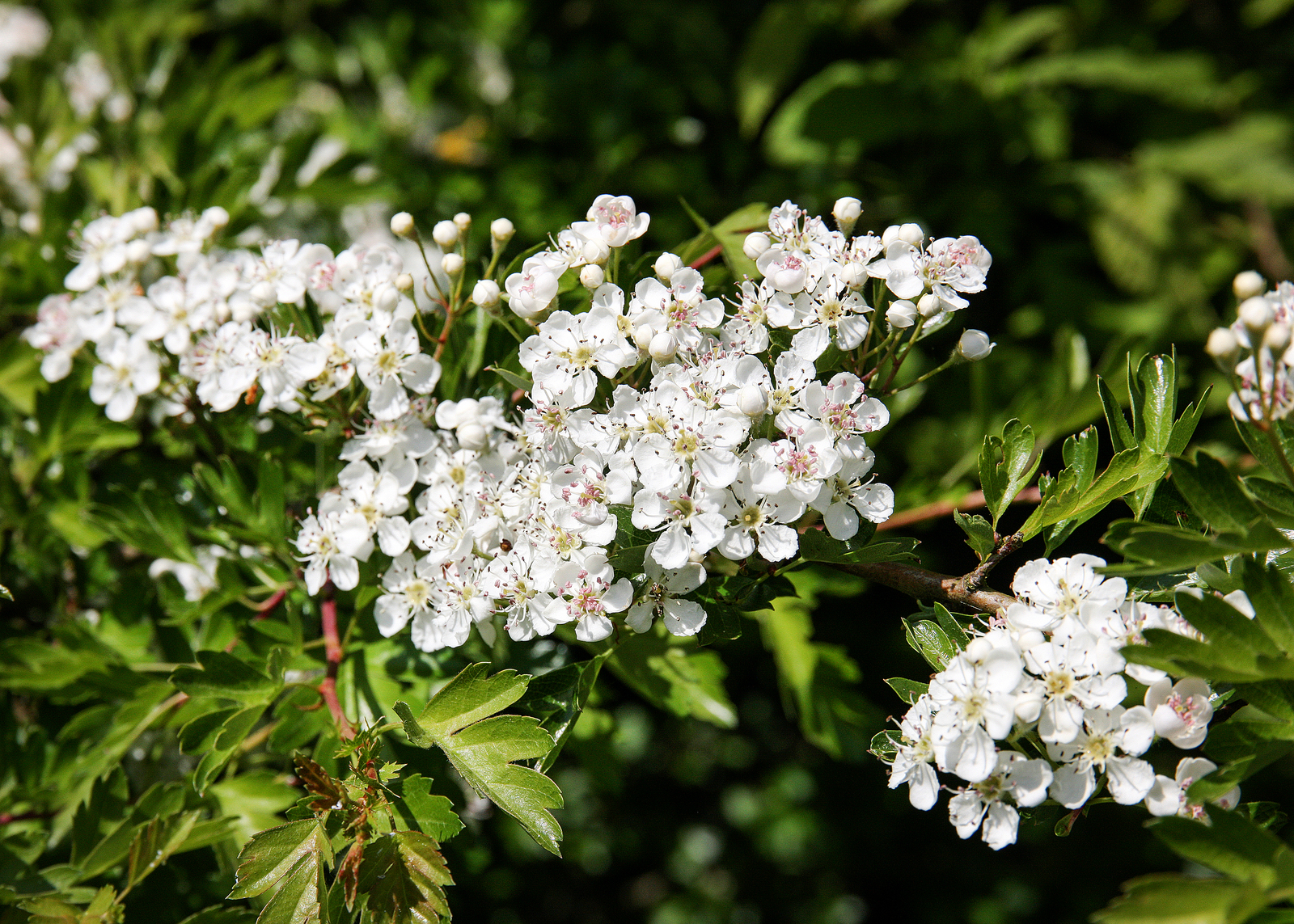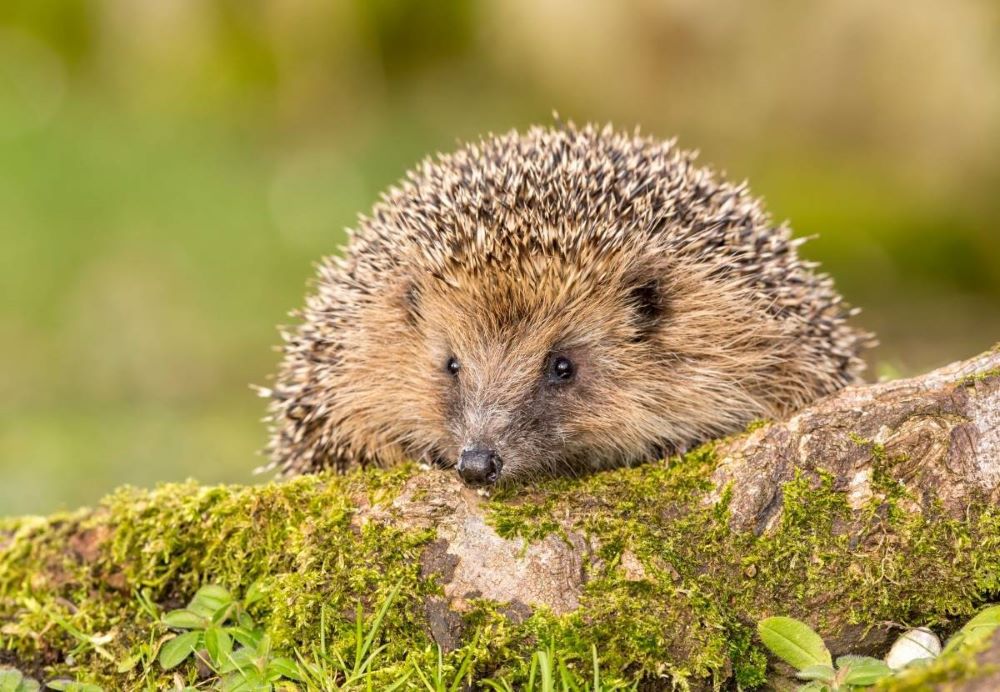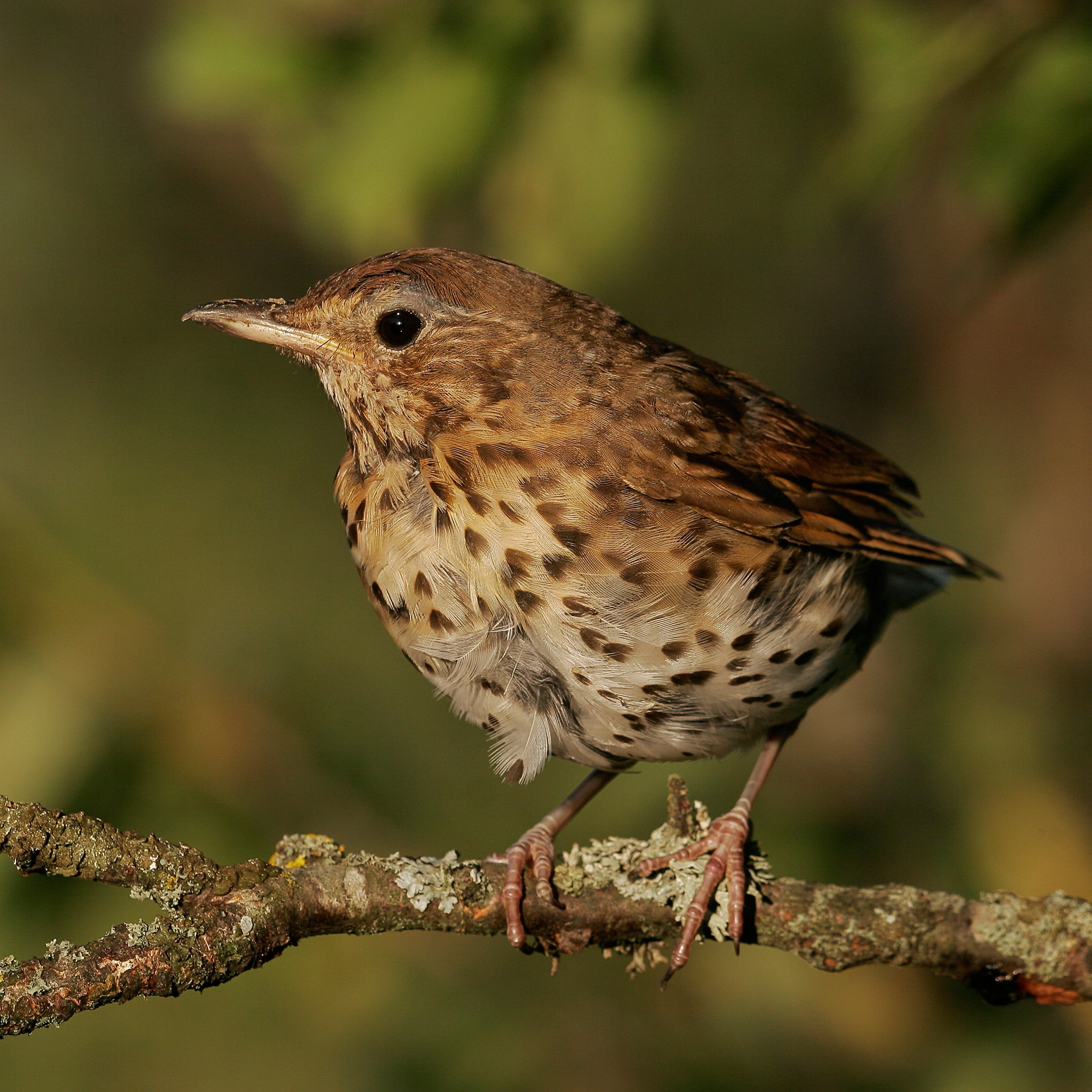
Signs of Spring in the Forest
The days are getting longer and there are welcome signs in the Forest that spring is on its way. Early spring flowers add a splash of colour to the woodland floor and bursting buds brighten up the stark tree branches. It is a great time to get walking in the woods and here is our guide of signs of spring to look out for whilst you are out and about in the Forest.
Spring flowers in the Forest
At this time of year, the carpet of wildflowers begins to spring up throughout the Heart of England Forest, adding vibrant pops of colour that are guaranteed to enhance your woodland walk. Among the plants widespread throughout the Forest it’s worth keeping an eye out for:
- Lesser celandine – among the first flowers of the year, they are a member of the buttercup family. These shiny golden star-like flowers and their deep green heart-shaped leaves can often blanket large swathes of the woodland floor.
- Wild daffodil – native to ancient woodland, their flowers have pale yellow petals surrounding a darker yellow trumpet with narrow, grey-green leaves. Once abundant, these wild flowers are much rarer now due to loss of habitat since the 19th century. Roberts Wood normally has a good show.
- Wood anemone – another plant that spreads quickly, they are more likely to be found in old or mature woodland areas. The first hint that you are near them is the musky aroma from their leaves. Their tiny flowers typically have six or seven petal-like segments and, although predominantly white, they can also be pink, lilac or blue. These can be spotted in Alne Wood and whilst normally closed to the public you can get a sneak peak by coming along to our Bluebells Open Day on 2nd May.
- Bluebells – flowering in mid-April to late May, nothing says spring like an ocean of vivid blue-violet bluebells. English bluebells have narrow, tubular-bell flowers and drooping stems, and can be found in ancient woodland and along woodland edges. Join us on 2nd May for our Bluebells Open Day in Alne Wood, an area of the Forest not usually open to the general public, and bask in the sight and scent of the ‘Bluebell Wood’.
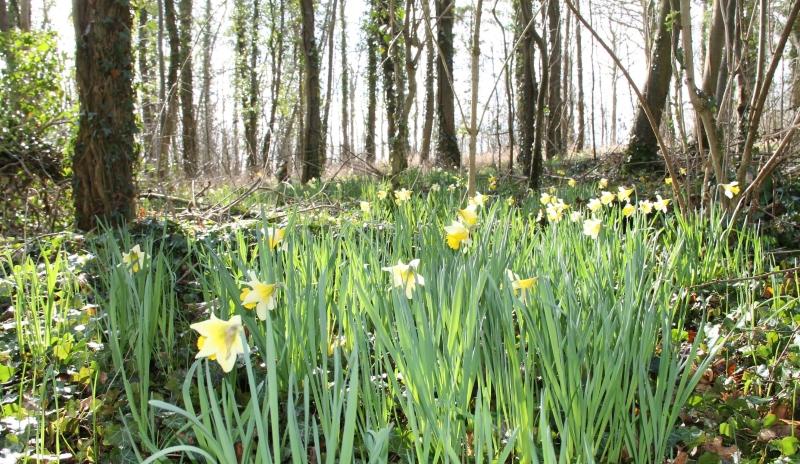
Trees bursting with new life
As well as new life springing forth on the woodland floor, it is also bursting out in the trees around and above us.
One species that is a sure-fire pointer to the onset of spring is hazel. Its catkins may be found in bloom soon after Christmas if the winter has been warmer than usual. Catkins are the male flowers of the hazel tree and first appear as the leaves fall during autumn, looking like little grey sausages on the ends of the twigs.
In January they usually lengthen into the familiar ‘lamb’s tails’ (pillared hazel was traditionally used for lambing pens) and turn golden with pollen that blows on the spring breezes to fertilise the females, which have tiny, crimson flowers near their leaf buds.
Maintaining a low profile throughout much of the year, elder bursts into life in spring and fills the Forest with a glorious display of white flowers. The flowers provide nectar for a variety of insects but are mildly poisonous to humans and should ideally be cooked before eating. Extracts of the flowers have long been used in medicine, and they have traditionally been thought to reduce the duration of colds and flu, although its most popular use is in the manufacture of cordial. Look out for elder in our woodland and hedgerows.
Read our tree guide to find out more about the 30 different native broadleaf species we plant around the Forest.
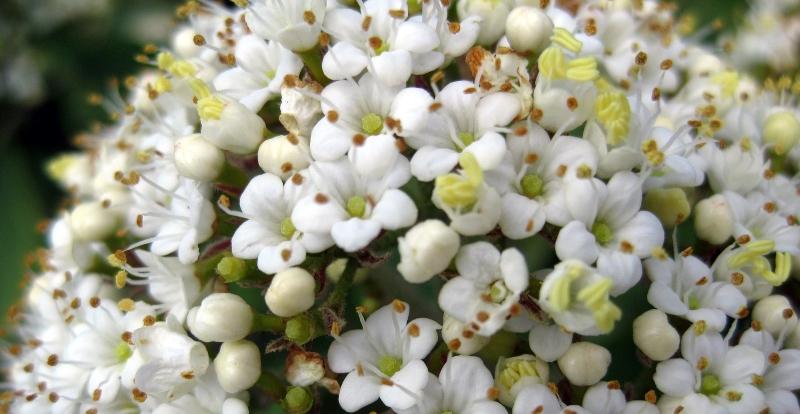
Watch out for walking wildlife
In spring the Heart of England Forest’s woodland wildlife activity becomes more frenzied as many residents wake up from their winter slumber, birds start breeding and ponds teem with new life.
- Hedgehogs – hibernating hedgehogs wisely wait until the first warmth of March or April to begin their process of re-awakening. Having slept an almost unbroken sleep for four or five months through the coldest time of the year, they will be venturing out from their cosy boltholes to seek food. Hunting mostly at night, it is sometimes possible to spot hungry hedgehogs snuffling through the undergrowth during daylight in search of tasty insects or worms to top up their energy levels. It will be interesting to see if the warmer than usual winter conditions here in the Forest sees them emerge earlier.
- Dormice – at this time of year, dormice are leaving their low-lying nests to seek out food after hibernating during the winter. They are difficult to spot, as they are nocturnal, but if you are lucky you might see their empty small woven nests. These enchanting little creatures are a protected species and endangered in the UK and we are doing our best to create suitable habitat for them in the Forest.
- Cuckoo – although the 20th March is the official start of spring, for some spring only truly arrives when the first cuckoo call is heard. Regular surveys by the Heart of England Forest team tell us that cuckoos are still to be found in the woodland. While spotting one is a rare treat (look out for long pointed wings, a long tail and barring underneath) it is still the call of the male cuckoo that evokes great excitement. Keep an eye and an ear out when you visit the Forest over the coming months.
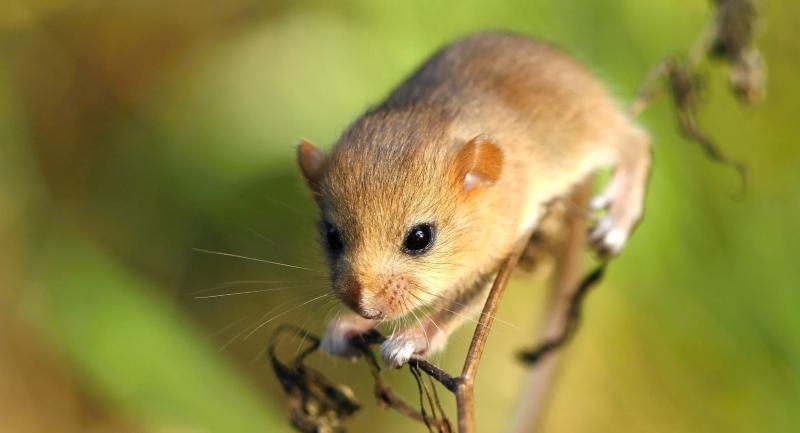
Share your spring sights
Let us know the signs of spring that you see when in the Forest. Share your photos to our Facebook, Instagram or Twitter pages using #HeartofEnglandForest or email them to info@hoef.co.uk. Tell us as well about the spring sounds that you hear, such as the ‘koo-kooo’ call of the cuckoo, and where in the Forest you heard it.

